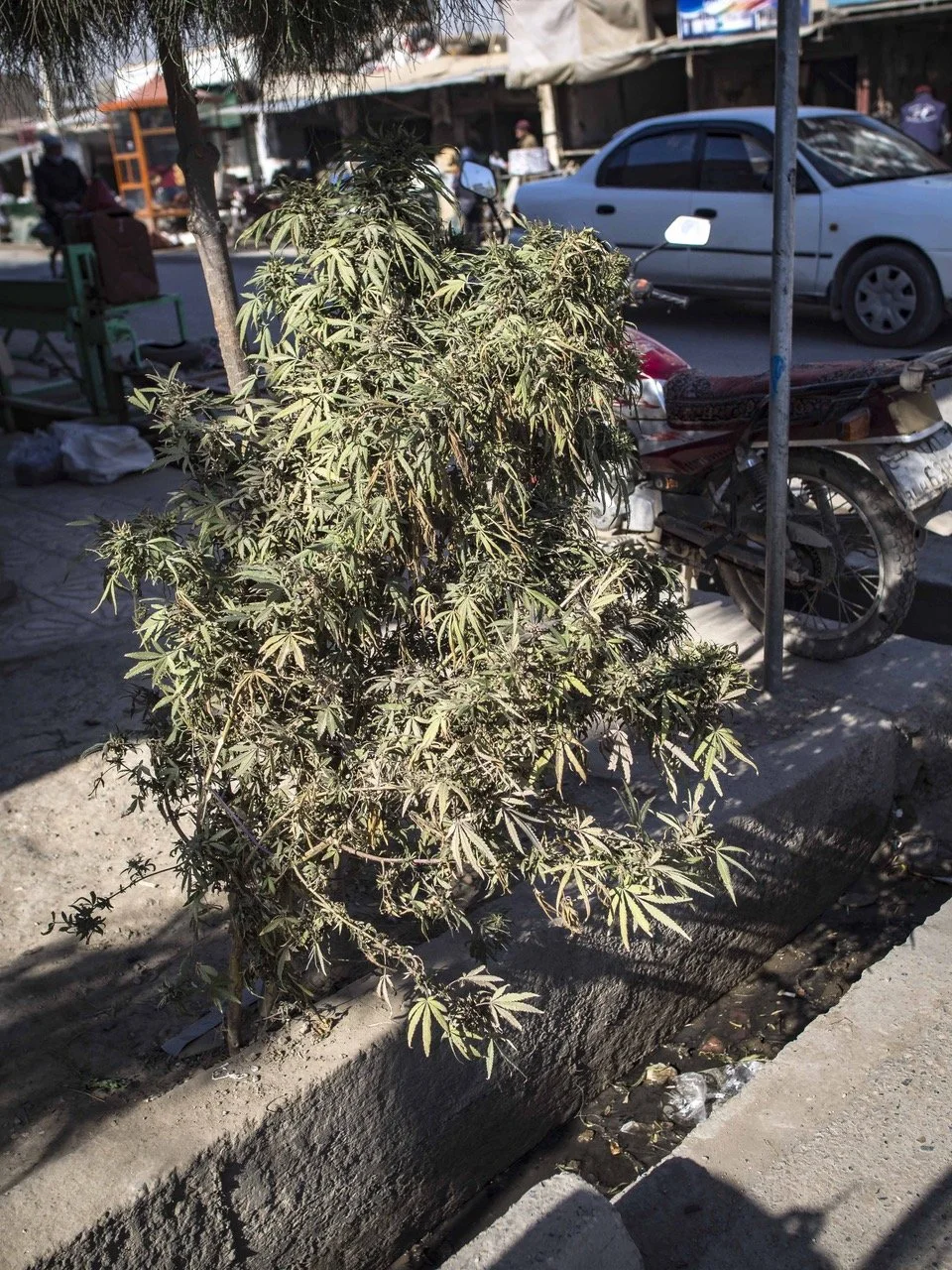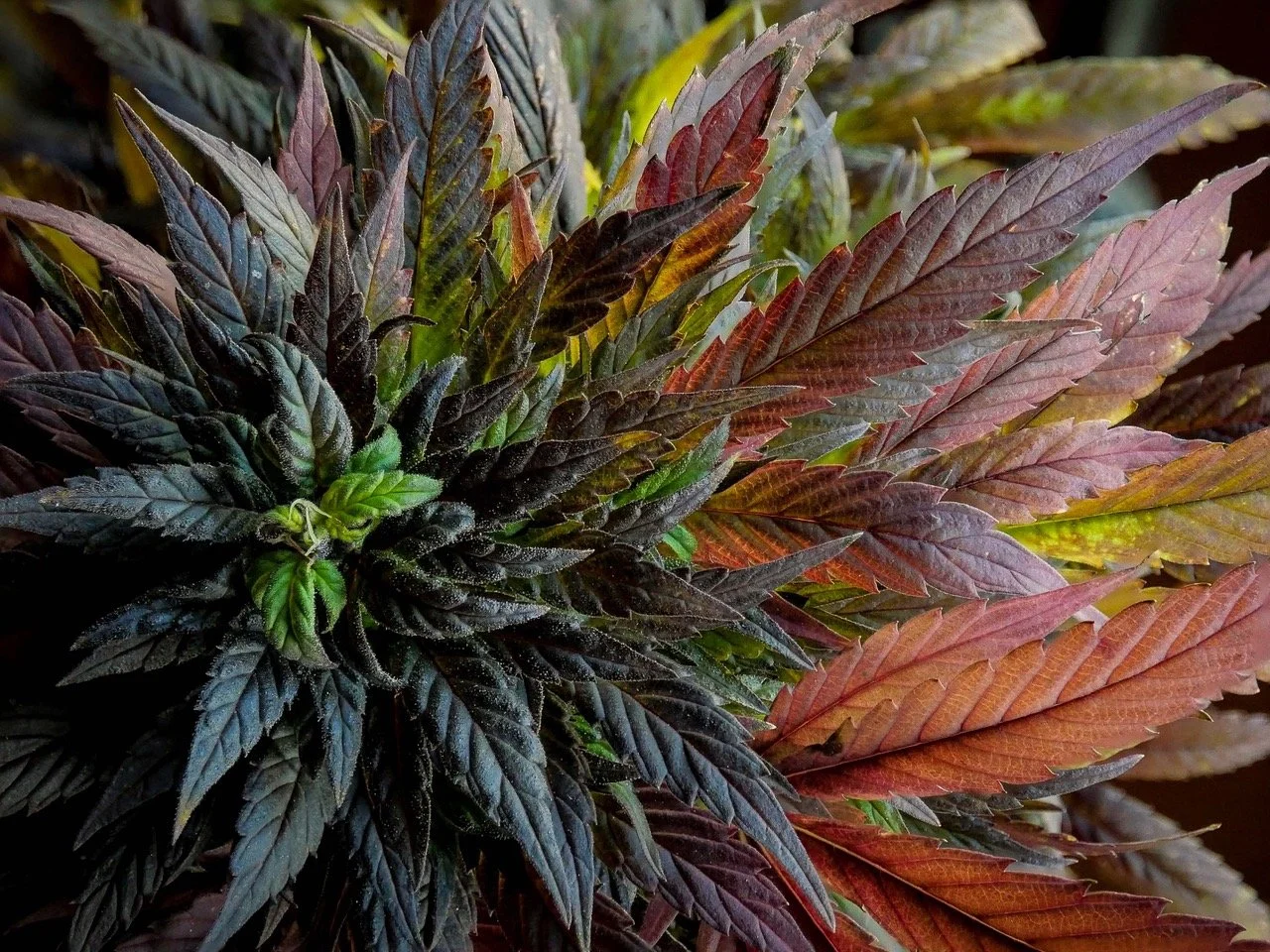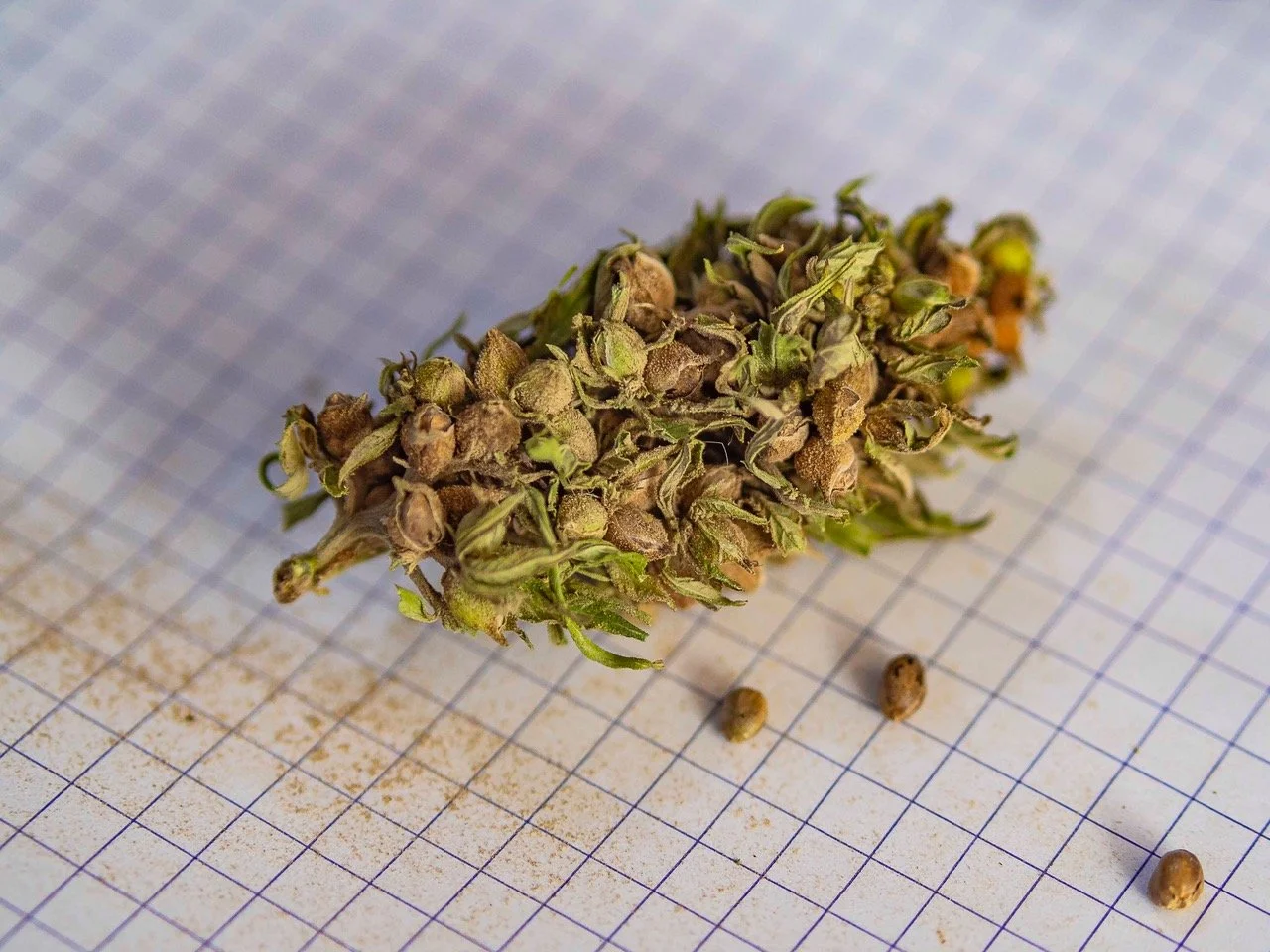Travel Tales from the Heart of Afghan cannabis culture - Part One. By Lucas Wiseup
Lucas Wiseup has done some extensive traveling in the hash-producing regions of the world and I am delighted to present him as today’s guest blogger. He has agreed to do a 4 part Series on Cannabis Cultivation and Processing in Afghanistan and I look forward to sharing these with you. His photographs of the people and land are timeless images of a culture now suppressed. I encourage you to take a look at his book
"Afghanistan, Fortress of Cannabis," available at www.wiseup-photo.com
-Ed
Travel Tales from the Heart of Afghan cannabis culture
In 2018, I stayed for two months in the city of Mazar-i Sharif in northern Afghanistan. You may think I am crazy, lucky, or both, but what I saw as a cannabis enthusiast is really unique. I was able to bring back amazing photographs that you can discover in the photo book "Afghanistan, Fortress of Cannabis." The book contains detailed information to explain how this country has, maybe more than any other, influenced what we smoke today. In this 4-part blog series, I'll try to describe what I saw and what it meant to me.
Anyone with Ed's age and passion for cannabis would probably agree that he has seen the cannabis culture change a lot in his lifetime. From the old sinsemilla and Afghan primo to the modern hybrids and concentrates, they have seen and smoked it all. I am one or two generations younger, and in the past 15 years I have traveled to famous hash producing regions such as Pakistan, Lebanon, Morocco, India, or Nepal, but nowhere had I seen such a deeply rooted cannabis culture as in Afghanistan.
The so-called "building blocks"
I stayed in Northern Afghanistan from October to December, thinking it would be the ideal time to see the harvest and the hash-making. When I arrived, cannabis fields were easy to spot from the road, with small patches dispersed in the cotton fields. Some lonesome plants were even growing in the city center and, as I would soon discover, behind the closed walls of many inner courtyards. October was still early for harvest, and those who already did, did so in fear of getting it seized by the provincial authorities. It was an illegal drug under the previous government, and in this part of the country, efforts were made to try to limit cannabis production.
Afghanistan is located between the latitudes of 38° and 30° North, the same as San Francisco and New Orleans. The majority of cannabis available in the United States in the 1970s came from South-East Asia, Mexico, and further south in Latin America or the Caribbean. Growing the seeds you saved from your joint would bring you very little results outdoors in North America or Europe. As R. Clarke explains, it was when American breeders got their hands on a few Afghan seeds that cannabis took on the shape of almost everything we are growing these days.
Cannabis breeders were able to cross breeds of high THC tropical cannabis that would flower too late in North America and grow too tall indoors with one of the many variations to be found in Afghanistan. The result is almost everything you're smoking today except for the few strains such as Haze, which are supposed to have purely tropical lineages.
“Cannabis breeding has evolved into a very sophisticated process, but the “ingredients,” the genetic materials, haven’t changed much since the 1980s, with terrible effects on cannabis biodiversity.”
In Afghanistan, psychoactive cannabis plants considered to be the building blocks of our modern hybrids are still reproduced through open pollination, and the seeds are used the following year without selection. This farming practice ensures the continued biodiversity of the Afghan cannabis plants. If you grow authentic cannabis seeds from Afghanistan, you can't really know what you will get. There is the expectation of dark, broad leaflets, high resin production, and small heights, but these are probably just the characteristics selected in the 70's and 80's from a very small amount of samples from Afghanistan. You may find some plants do not produce much resin, while others grow kind of tall and green, but all are part of the wide range of beautiful expressions that the cannabis plant can display.
From my experience in the fields, this diversity would be expressed through various plant shapes and heights, leaflet shapes, and fragrances. In December, you could see plants decaying while others would have needed a few more weeks before being chopped. But throughout the genetic diversity observable with the naked eye, some kind of uniformity also emerged in the nose. Even if some plants smelled more fruity and others like cat piss, each village had its own recurring scent. For example, it might be berry in one village but lemony in another. Interestingly, you could find that same underlying smell in the hash you would get from that village. These are all signs of genetic diversity and a local persisting heritage (or terroir as you may have heard Frenchy say).
Centuries of cannabis domestication
But let's go back further than the 1960s. Afghan cannabis plants are not only the building blocks of our modern hybrids, they also carry a heritage that goes much further back in time. The oldest archaeological evidence of psychoactive cannabis has been found in Northwestern China, and the Scythians, whose nomadic tribes traveled from the Danube to India and Russia, were believed to get high on cannabis during funeral rituals some 2500 years ago. That puts Afghanistan, later a major hub on the Silk Road, at the heart of the first propagations of psychoactive cannabis. The Mongol invasions of the 13th century in Central Asia pushed waves of the population to India or the Middle East, and that's probably when sieved hashish began to be a thing.
Afghans don't smoke dry cannabis flowers, and they strongly advise me not to. Some told me it would not make me feel good, and I can confirm it wasn't good. It was very leafy, so there was more chlorophyll, and it tasted like hay, with low effects.
“A leafy plant usually produces more resin, so that’s really interesting if you are growing for the resin, and that’s exactly what Afghans do. Their cannabis production has been exclusively destined to be sieved to collect the resin powder, probably since the Middle Ages.”
Pressure on cannabis biodiversity
Law enforcement eradication efforts have long been the biggest pressure on cannabis biodiversity. Nonetheless, it can't compare with the modern hybrid invasion taking place in most traditional cannabis-producing regions. Cannabis farmers who grew their local cannabis switched, or are switching, to what they thought would be more lucrative hybrids. With more and more modern hybrids being available worldwide, pristine traditional cannabis populations will be harder and harder to find.
Because Afghanistan has been through so much turmoil over the past 40 years, it is almost isolated, and there are very few chances for modern hybrids to spread their pollen on a large scale. This should make Afghan cannabis, like any traditional cannabis or "landrace," an essential working material for the future of the cannabis plant. That's where the "pheno hunt" is for crop scientists to come up with cannabis plants able to face the upcoming climate challenges and the range of pests and diseases associated with them, as well as the growing demand for cannabinoids. As for the hobby grower or breeder, landraces from all corners of the world are becoming more available and could help experience what the cannabis plant or its by-products used to be.
Find out in more detail and photographs why traditional cannabis matters, in the carefully printed photo book "Afghanistan, Fortress of Cannabis," available at www.wiseup-photo.com
In Part 2, we will see how Afghan hash is made!
-Lucas Wiseup
You can buy the book here www.wiseup-photo.com






